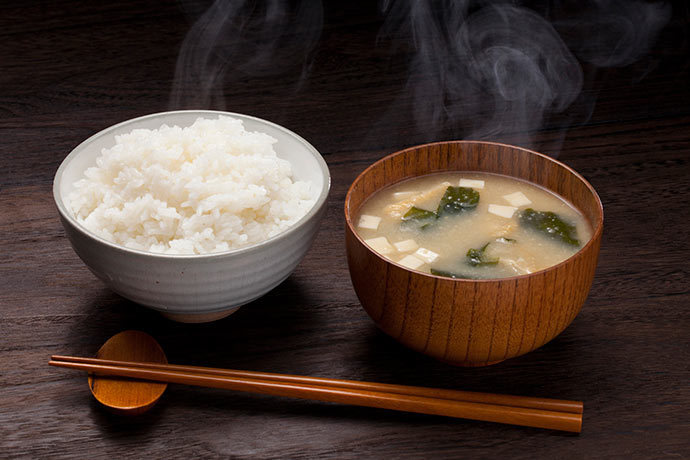
Growing numbers of consumers – especially among those with higher buying power, who enjoy the privilege of choosing what to eat – have shown interest for foods that are connected with traditions, specific places, and particular individuals. As a response to globalization and the industrialization of food production, the myth of authenticity has acquired market value and cultural currency in the culinary sphere. This trend includes national cuisines, embraced as important elements of collective identity and, not insignificantly, as tools to attract tourists and boost exports.
In recent years, following the requests from various countries that wanted their culinary customs recognized and highlighted, the United Nations Educational, Scientific, and Cultural Organization (UNESCO) has expanded an already existing category, the “intangible cultural heritage,” to include agricultural practices, food production, and traditions that are place-specific and derive their value from the unique connections between communities, their material lives, and their environments.
This push does not grow out of activism and associative networks in civil society, like Slow Food Presidia, nor does it have the same legal strength and immediate efficacy as Geographical Indications, based on enforceable national and international intellectual property regulations. As it relies on the involvement of national authorities, the registration on the UNESCO list of intangible cultural heritage is often a top-down initiative, embodying negotiations and decisions at the level of international institutions. For this reason, it is particularly important to gauge the modes of operation and the effectiveness of the category, although data are still limited due to its relatively short history.
Eric C. Rath’s book, Japan Cuisines: Food, Place and Identity, ( ) offers a well-informed and lucid critique of the government-led addition of the “traditional dietary cultures of the Japanese (washoku)” to the UNESCO list. Rath very frankly states: “the vague definition […] from Japan’s Ministry of Agriculture and other official agencies […] does not at all resemble either what most people once ate or what they consume today. Washoku is instead an idealized dietary lifestyle, focusing on food popularized from the 1960s onwards meant to impress audiences outside Japan and guide domestic eating habits.”
The author also points out that during World War II the Japanese government tried to establish a “national people’s cuisine (kokuminshoku) to standardize the diet, rationalize the use of scarce nutritional resources and put a positive spin on wartime rationing.” Such attempts were also taking place in Nazi Germany and Fascist Italy, for the same reasons and with the same goals. Although the recent additions to the UNESCO list derive from very different motivations, Rath observes that “national people’s cuisines are not objective descriptions of diets but are instead ideological, in that they present an idealized version of food to serve the interest of political and social institutions.”
These are relevant dynamics that, despite having emerged all around the world (and not necessarily in connection with the UNESCO list), do not receive the attention they deserve, tightly wrapped in the trappings of foodism, the fascination with traditions, as well as the appreciation for local and artisanal productions. For this reason in my upcoming book Knowing Where It Comes From: Labeling Traditional Foods to Compete in a Global Market (University of Iowa Press, August 2017), I go back to the first three registrations in 2010 (“Traditional Mexican cuisine—ancestral, ongoing community culture, the Michoacán paradigm,” “The gastronomic meal of the French,” and “The Mediterranean diet”) to assess the dynamics – both internal and international – that supported them and made them into examples that were soon followed by other countries.
Although rice plays a central role in the mystique of Japanese cuisine, historically it has been far from being the only, or even the most important grain, all over the country. Rath demonstrates that “rather than serving as a means to reinforce national identity, variations in rice consumption expressed inequalities of wealth and differences in status and gender, and differentiated rural from urban population, exposing some people to discrimination based on the quality, amount or absence of rice in their diets.”
If you are interested in rice and its global history, you should also pick up a copy of Rice: Global Networks and New Histories. Its editors Francesca Bray, Peter Coclanis, Edda Fields-Black and Dagmar Schäfer, have brought together specialists on Asia, Africa, and the Americas to question well-established narratives on how rice became one of the most important crops in the world both from the commercial and the cultural points of view. Rice’s complex entanglements with power struggles, trade, and the environment are unraveled and made clear. Although the book is not a light read, it constitutes an important contribution to food history, both in terms of content and dialogue among experts.

Comments are closed.